Enrollment Cliff is an unavoidable reality these days. Declining birth rates & population changes are causing American post-secondary institutions to worry about future enrollment trends. Understanding the evolving landscape of student demographics, interests, and growth prospects is crucial in light of recent enrollment trends affecting educational environments. These enrollment trends not only influence educational institutions but also shape enrollment strategies and the future of various academic fields.
Table Of Contents
The American higher education landscape is changing significantly, especially as institutions prepare to face the “enrollment cliff.” What is an enrollment cliff? Enrollment Cliff refers to plummeting admissions in higher education institutions primarily due to lowering birth rates and demographic fluctuations. It has become a vexatious concern among universities and colleges as the enrollment cliff has become a rampant behavioral pattern among traditional college-age students. Moreover, tensions are soaring high as it is expected to cause a slump of approximately 15% in student enrollment from the beginning of 2025, which will naturally soil institutions’ financial bandwidth and operational framework.
Due to declining birth rates following the 2008 recession, projections show that the number of students headed to college will drop by more than 400,000 between 2025 and 2029, representing a 15% decrease. A 5% drop in first-year student enrollment, with the biggest drops among recent high school graduates, was recorded in the autumn of 2024, adding to this demographic change. To maintain enrollment levels and institutional viability in the upcoming years, colleges must modify their recruitment tactics and improve student involvement as they prepare for these difficulties.
According to the National Centre for Educational Statistics, between 2010 and 2021, undergraduate enrollment in U.S. colleges decreased by 15% (from 18.1M to 15.4M students). 42% of this drop took place during the pandemic. But the upside is that the enrollment is projected to rise by 9% to 16.8M by 2031, but nonetheless, previous year-enrollment numbers call for some serious revisions within the admissions process involving some AI-oriented solutions.
In 2021, female students (58%) outnumbered males (42%), and both groups are expected to grow 9% by 2031. The college enrollment rate for 18–24-year-olds was 39% in 2022.
Let’s dive into the topic and understand 5 Key Trends in Enrollments that AI can boost in higher education!
5 Key Trends in Enrollments in Higher Education
Demographic Changes and the “Enrollment Cliff”
With the U.S. fertility rate falling 22% between 2007 and 2020, the long-awaited enrollment cliff has finally materialized, resulting in a decline in college enrollment and fewer high school graduates. Many colleges are looking for technology-driven solutions to draw and keep students as they deal with financial strains and possible closures. AI-powered recruitment tools assist organizations in improving enrollment yield rates and personalizing outreach, while the growth of online and hybrid learning opens up higher education to non-traditional students.
Growth of Online and Hybrid Learning
Higher education in the US is changing rapidly as a result of the integration of artificial intelligence (AI) into online and hybrid learning. According to a 2024 Digital Education Council survey, 86% of students are already using AI in their coursework, demonstrating the technology’s broad acceptance.
With a Compound Annual Growth Rate (CAGR) of more than 43% between 2023 and 2032, the global AI in education industry is expected to grow from its 2022 valuation of $2.5 billion to $6 billion by 2025.
According to a 2024 assessment on student learning preferences, 29% of students choose in-person education, while 28% of students prefer hybrid learning—a six percentage point rise from 2023. The increasing need for adaptable learning environments is highlighted by this change.
The need for programs that are career-focused
AI-powered solutions are greatly enhancing the growing demand for career-focused programs in American institutions. According to a 2024 Digital Education Council poll, 24% of students use AI tools daily, and 86% of students already use them in their studies.
To better prepare students for the changing labor market, universities such as the University of Florida are responding to this trend by incorporating AI into several undergraduate disciplines, such as data science and information systems.
Furthermore, highlighting the significance of AI in higher education, the U.S. National Science Foundation pledged $140 million in 2023 to university research organizations dedicated to promoting AI.
Prioritizing Inclusion, Equity, and Diversity (DEI)
In American institutions, the use of artificial intelligence (AI) to promote Diversity, Equity, and Inclusion (DEI) programs is mushrooming. Institutions may preserve equal results, uncover gaps, and tailor support for underrepresented students using AI.
With a substantial investment in AI tools that can assist DEI initiatives, the worldwide AI in education market was estimated to be worth $2.5 billion in 2022 and is expected to grow to $6 billion by 2025.
According to a 2024 survey, 51% of educators think AI would improve education, suggesting that AI solutions that support DEI projects are becoming more and more popular.
Universities can create a more welcoming and encouraging learning atmosphere and provide every student the chance to achieve by adopting AI-powered solutions.
Adoption of AI and Data-Driven Enrollment Strategies
Data-driven enrollment tactics at American institutions are being greatly improved by artificial intelligence (AI), which offers individualized communication, predictive analytics, and quick application processing. According to an Intelligence poll, 30% of admissions offices in higher education intend to implement AI by 2024, and 50% of them already use it in their screening procedures.
Universities may increase the effectiveness of their enrollment tactics and better meet the demands of potential students by utilizing AI-powered solutions.
Conclusion
Colleges in America are implementing AI-driven techniques in response to the “Enrollment Cliff” that the country’s dropping birth rates have caused. Career-focused programs, online and hybrid learning, hiring, and Diversity, Equity, and Inclusion (DEI) efforts are all improved by AI. By 2025, the global AI in the education industry is expected to grow to $6 billion. As 50% of admissions offices now use AI, it also enhances data-driven enrollment tactics. Colleges may increase student engagement, expedite enrollment, and adjust to changing preferences by utilizing AI.
Innovative products like EDMO’s Document Intelligence and Conversation Intelligence are essential for this transformation. Our Document Intelligence improves student engagement and speeds up enrollment by providing advanced data analysis and insights. Meanwhile, Conversation Intelligence enhances student interactions through AI-powered chatbots and voice assistants. These tools deliver real-time, personalized support across multiple channels, addressing everything from admissions inquiries to financial aid information. This automation ensures that students receive accurate information instantly, enhancing their overall experience and increasing institutional efficiency. As colleges face demographic challenges, adopting AI-driven solutions is becoming crucial. By embracing these technologies, institutions can improve student engagement, streamline administrative processes, and effectively meet the evolving needs of prospective and current students.
Also Read: How Can AI-Powered Chatbots Boost Enrollment Rates?
EDMO joins forces with The Drona School to assist potential study abroad students
University Enrollment in the Digital Age: A Guide
Why Are Higher Ed Employees Burning Out? New Insights From Study
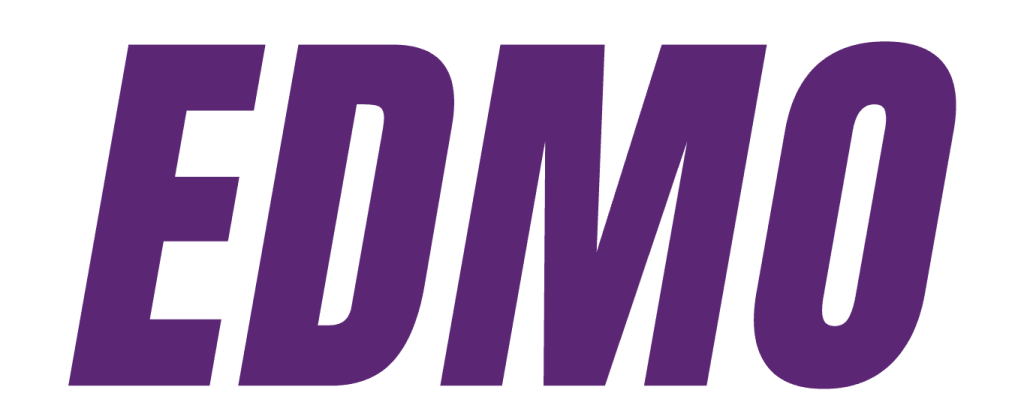

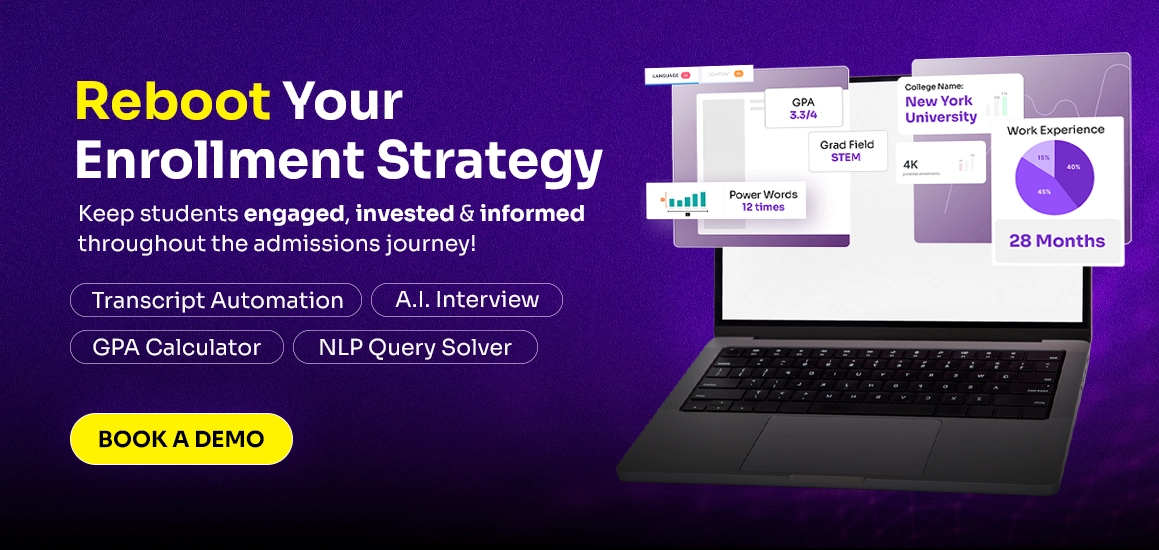




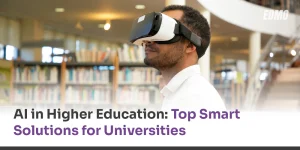
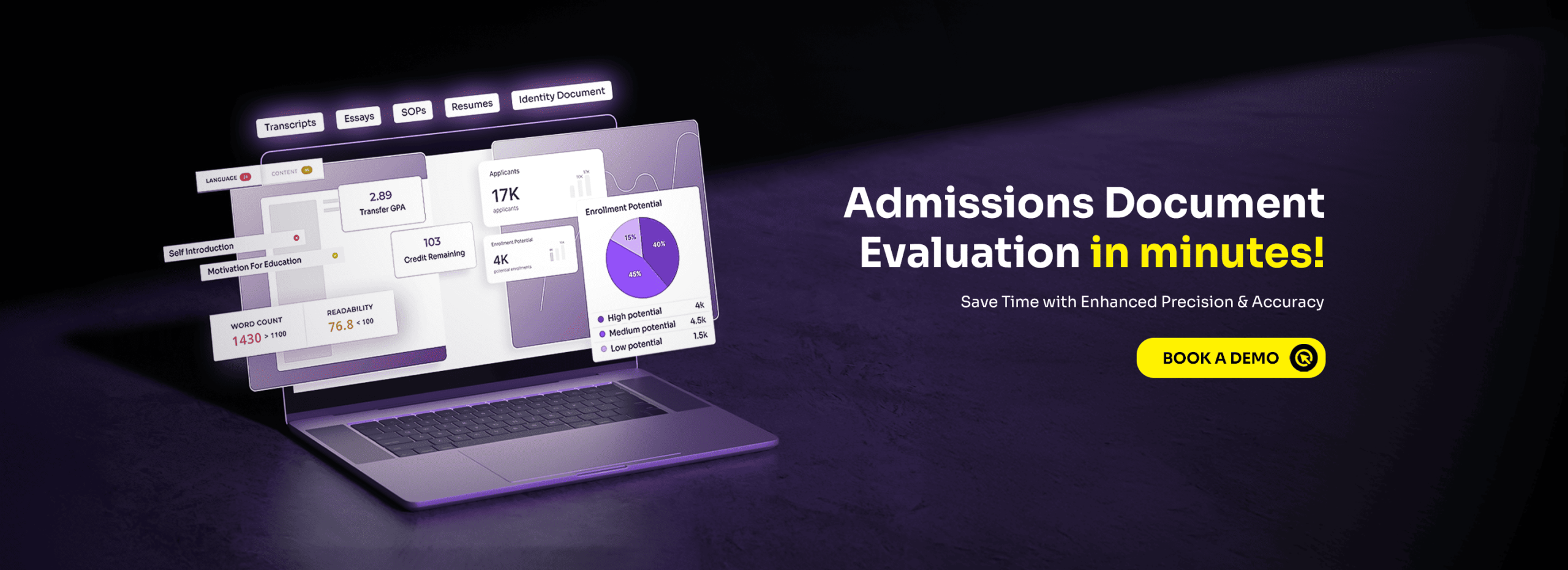
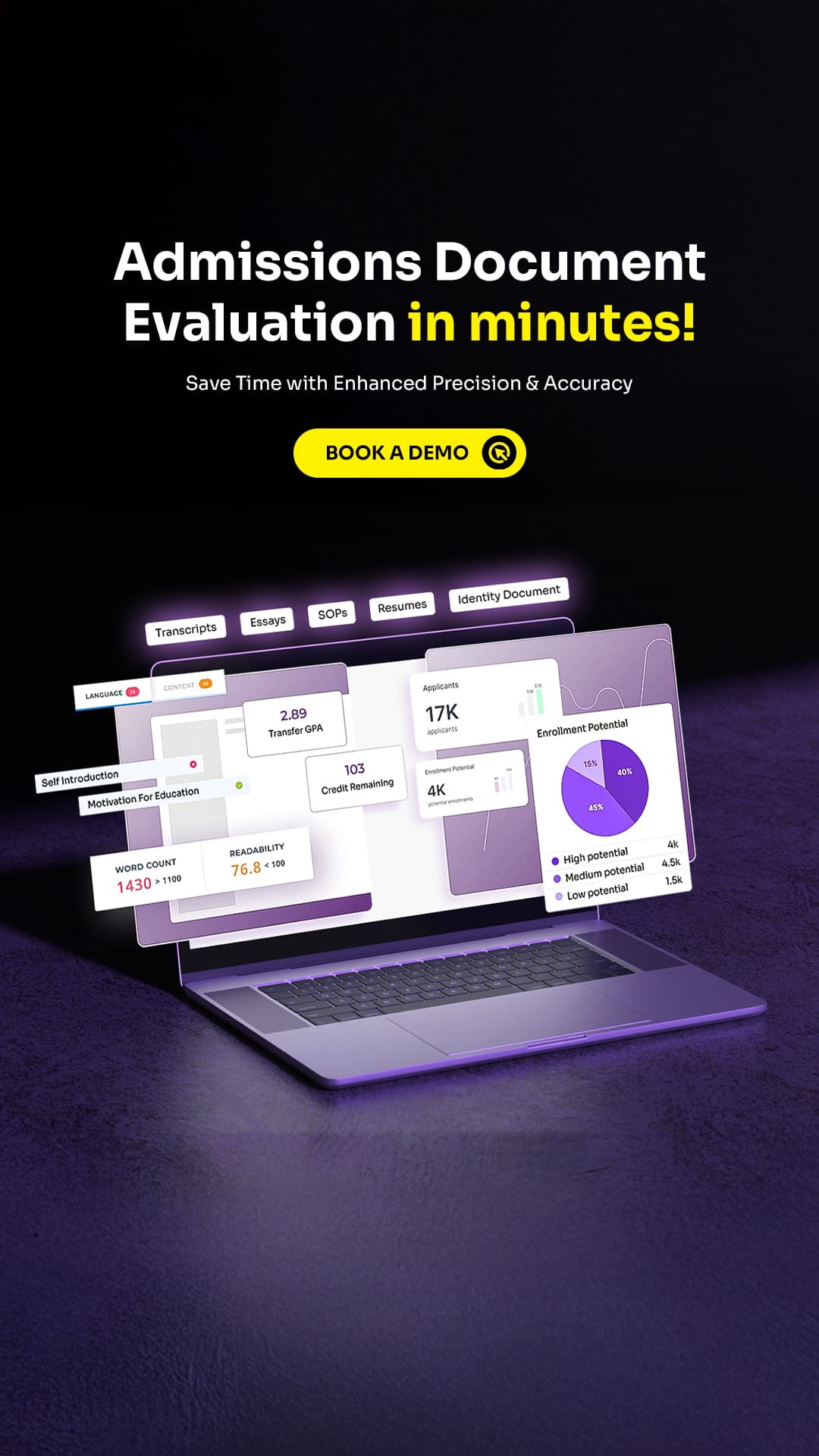
No comments yet. Be the first to comment!
Leave a Comment